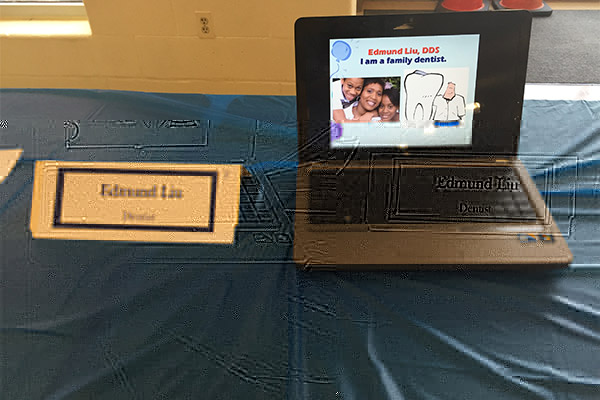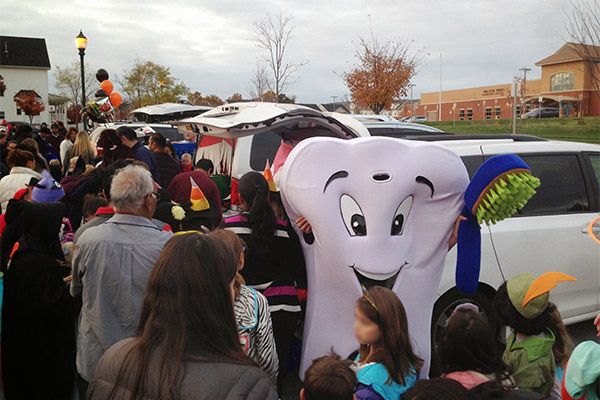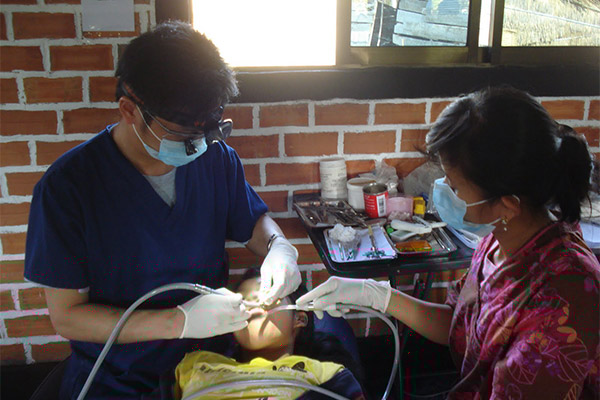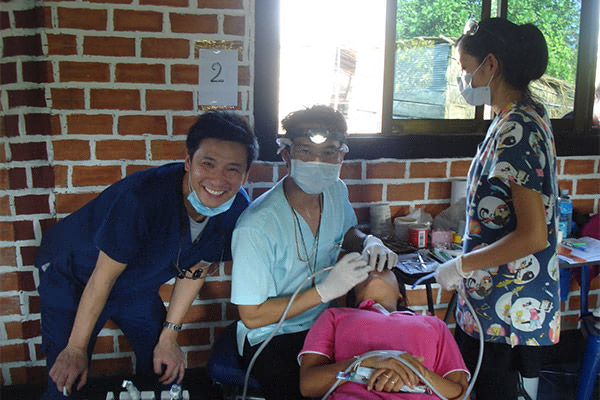Invisalign, the clear alternative to braces, has revolutionized the world of orthodontics. With its discreet appearance and effective teeth-straightening capabilities, it’s no wonder that many people are turning to Invisalign to achieve their dream smiles. However, along with its popularity comes a fair share of misconceptions, especially regarding Does Invisalign Hurt?
In this discussion, we will uncover the truth about Invisalign and address common misconceptions surrounding its potential for causing discomfort. By exploring how Invisalign works, we aim to provide you with a clearer understanding of what to expect throughout your Invisalign journey.
Invisalign may cause mild discomfort initially as it helps gradually straighten your teeth alignment.
During the initial week of wearing your new aligners, you might experience some pain or discomfort. However, it’s important to note that any discomfort is usually temporary.
A small 2005 study found that about 83 percent of individuals using invisible aligners grew accustomed to them within a week. This suggests that the initial discomfort experienced with Invisalign tends to diminish as the mouth adjusts to the aligners.
During the first week of wearing Invisalign aligners, individuals commonly report experiencing varying levels of discomfort. This discomfort typically ranges from mild to moderate and is often described as a feeling of pressure or tightness around the teeth and gums. Some people may also experience soreness in the jaw as their mouth adjusts to the new aligners.
The amount of pain experienced during the first week can vary widely among individuals. Factors such as individual pain tolerance, the severity of the corrected orthodontic issues, and the specific movements required to align the teeth all contribute to the discomfort felt.
It’s important to note that while discomfort is common during the initial stages of Invisalign treatment, it is usually temporary and tends to diminish as the mouth becomes accustomed to the aligners. Many individuals find that any discomfort they experience in the first week gradually subsides as they continue wearing their aligners.
Experiencing temporary pain in a single tooth is also possible during Invisalign treatment. This often signals that your aligners are effectively adjusting your teeth over time.
It’s common not to feel pain in the same tooth with every aligner tray change, and any discomfort typically subsides within a few days.
The duration of pain from Invisalign varies among individuals. Typically, discomfort is most pronounced during the first few days of wearing new aligners and gradually subsides as the mouth adjusts. For most people, any discomfort typically lessens within a week as they get used to the aligners. However, individual experiences may vary depending on factors like pain tolerance and the complexity of orthodontic adjustments needed. It’s essential to follow the orthodontist’s instructions and reach out to them if discomfort persists or worsens over time.
Let’s find out if Invisalign offers a more comfortable and discreet alternative to traditional braces or not.
| Aspect | Invisalign | Traditional Braces |
| Pain Level | Generally causes less discomfort than traditional braces | This may result in more overall pain and may require pain relief |
| Material and Comfort | Uses clear plastic aligners, potentially more comfortable | Uses metal wires and brackets, which may be less comfortable |
| Research Findings | 2017 study showed less pain experienced with Invisalign | A 2017 study found more pain reported with traditional braces |
| Duration and Process | Treatment is typically shorter (12–18 months) | Treatment may last longer (up to 5 years) |
| Discomfort Factors | Smooth plastic aligners may reduce discomfort | Metal wires and brackets may cause discomfort |

Considering the pain linked with wearing new aligners, you might feel mild discomfort in areas like your teeth, jaw, and tongue during the first week. However, this discomfort shouldn’t be severe enough to greatly affect your daily activities.
You must contact your dentist if your experience:
These steps can help alleviate discomfort while wearing Invisalign aligners.
Apply a small amount of dental wax to the top edges of your aligners, especially where they feel rough against your gums. This can reduce friction and ease gum pain.
Consider using pain relievers like acetaminophen (Tylenol), ibuprofen (Advil), or aspirin to manage discomfort, especially during the first few days when pain is most intense. Consult the dentist before taking any medication, especially if you’re on other medications or have medical conditions.
If the pain is localized to one tooth, avoid eating on that side of your mouth to reduce pressure on the affected area until the pain subsides.
Avoid removing the aligners for long periods unless advised by your orthodontist. Invisalign should be worn for at least 22 hours a day. Removing them frequently, especially due to pain, may decrease your overall tolerance to the aligners.
You should call your orthodontist if:
So, does Invisalign hurt? While it might feel uncomfortable at first, the pain usually isn’t too bad. With the right care and advice from your orthodontist, you can manage any discomfort and enjoy the benefits of a beautiful smile without worrying about too much pain.
Ready to explore a pain-free journey to a confident smile with Invisalign? Book your appointment online now at Clarksburg Dental Center in Germantown, MD. New patients can call us at (301) 245-2217, while existing patients can reach us at (301) 515-5525. Don’t wait; take the first step towards a brighter smile today!
Invisalign typically causes less discomfort compared to traditional braces, which may have metal wires and brackets.
Pain from Invisalign is usually temporary and diminishes within the first week of wearing new aligners.
Over-the-counter pain relievers like acetaminophen or ibuprofen can help manage discomfort during the initial stages of Invisalign treatment.




















Use keywords in the search box below to find what you're looking for.
